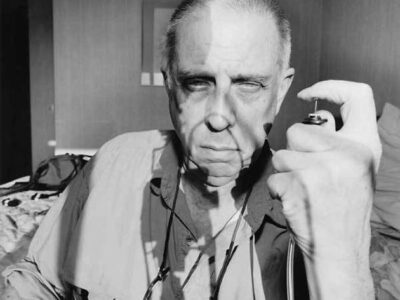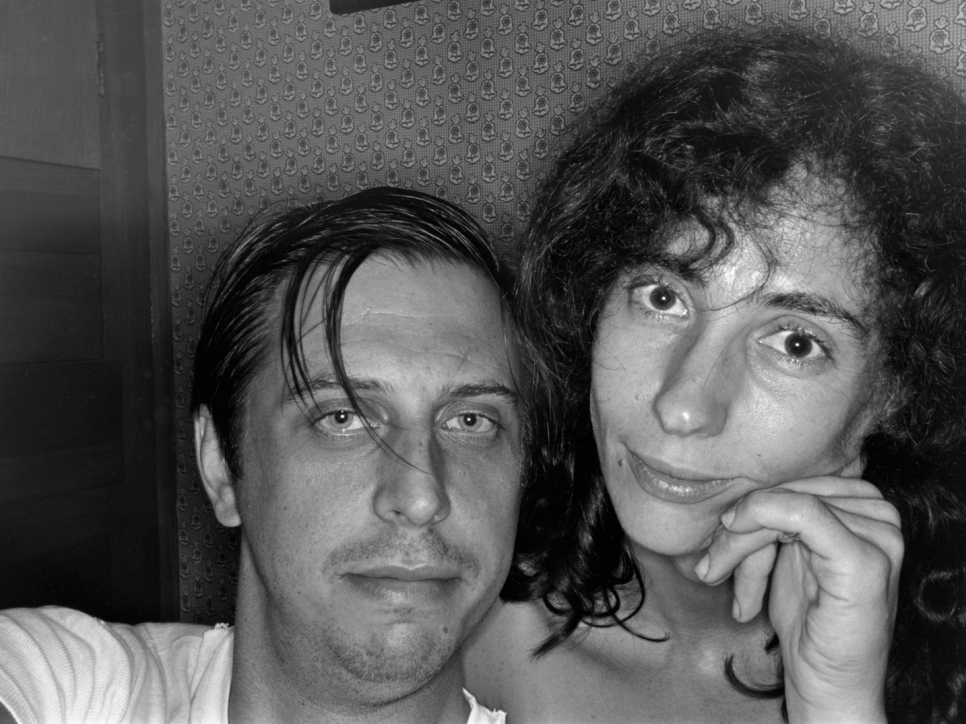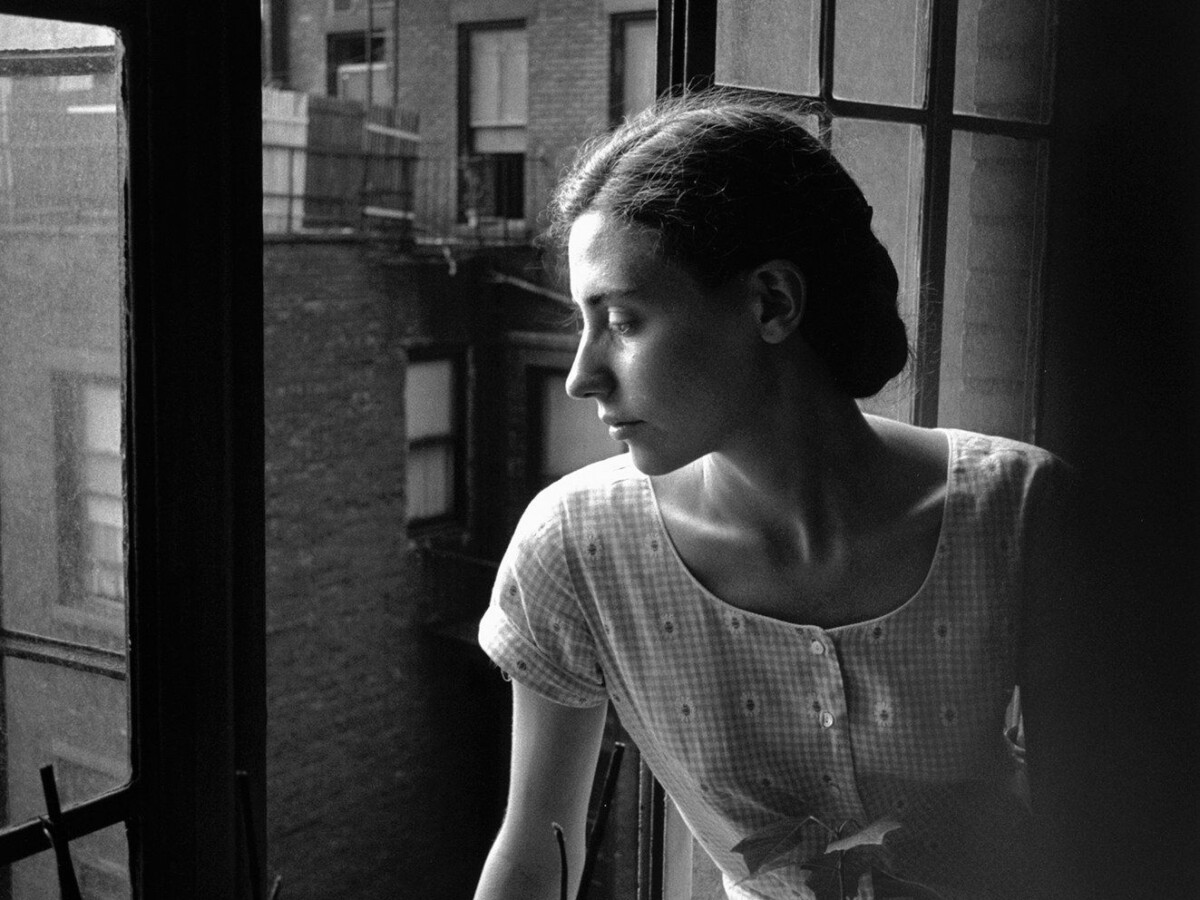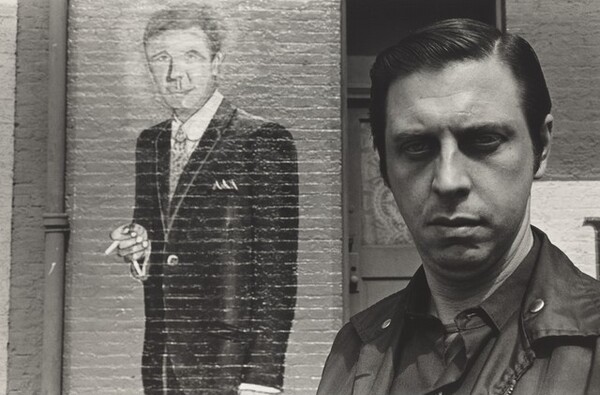Lee Friedlander

Lee Friedlander was born in Washington, D.C., 1934. An American photographer and artist, known for capturing casual glimpses of urban life. Over the course of more than 50 years, he has taken numerous photographs of what he calls “the American Social Landscape.” This is not only a documentary work, but also his keen perception of architecture and space through the lens of the camera, which is the crystallization of artistic talent. In the early 1960s, Lee Friedlander wandered the streets and constantly used his 35mm Leica camera to recorded his reflection in various objects, such as the figure in the shop window and the surrounding things in his picture, thus forming his own unique urban photography. By photographing his shadow in the city streets, Friedlander skillfully combines his shadow with the daily life in the real world, especially in modern cities. In this way, Friedlander’s brought documentary photography to a new area that played down specific events and made style the main element of a unified theme.
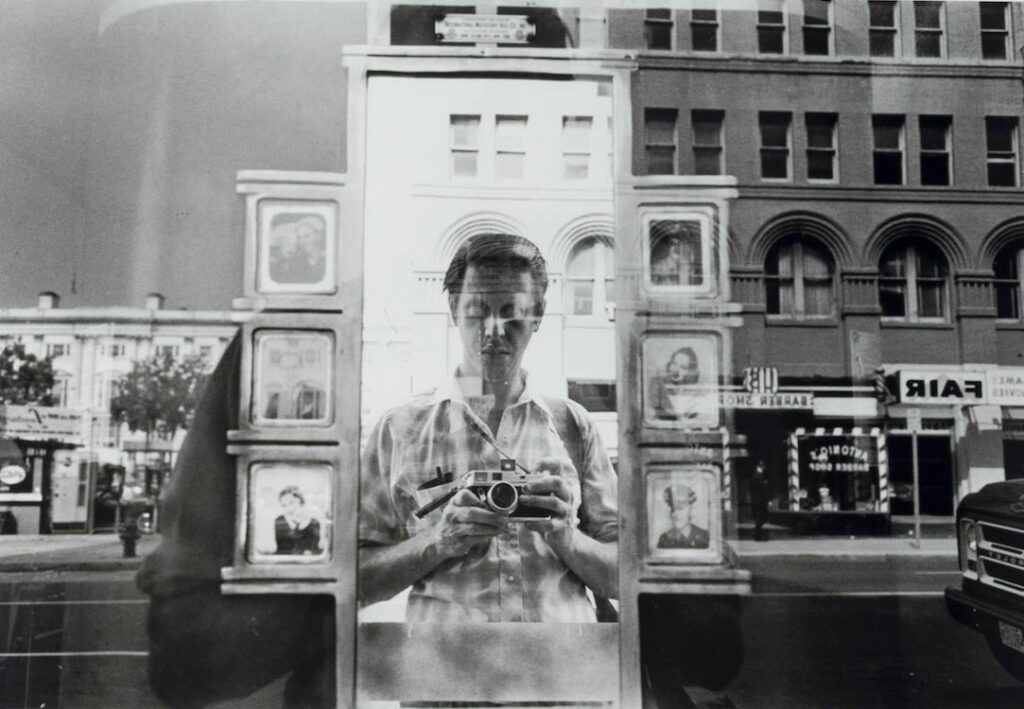
Friedlander was fascinated by the ubiquitous streetscape, and loved to add layers with transparent objects like glass to make people and things surprising and incredible. Walker Evans comments: “Friedlander’s photographs show how cold, stubborn, bleak and spiritually drained the world is. They are like short poems of hate, a bitter and funny observation of the social landscape. Most of his pictures are of the clutter of modern cities. At first glance, it seems that there is no theme, the structure is complex, and the tone is also confused, so that the audience can not see his own clear criteria for choosing the theme, which is beyond the general aesthetic of the public. But perhaps it is precisely because of this freedom from the traditional photography topic selection and aesthetic taste that the things entering the picture get a unique possibility of expressing themselves. In his works, at first glance appears to be effortless, but in fact, it is a deliberate and cleverly layered landscape. He used porches, windows and lampposts to divide the structure of the picture, and he used atmosphere to make familiar figures and objects magical. Sometimes his work has a strong surreal quality.
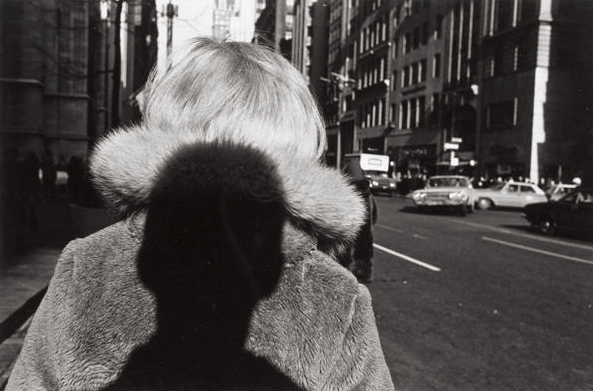
Lee Friedlander also brought this documentary style to the intimate Spaces of his family. In his 1992 book Titled “Marianne,” which was named after his wife and featured his family, there are many photos of himself. Lee Friedlander said, “I have always been curious to know what I look like in the world, in different places and times. When I have a fever, when I first wake up, I take pictures of myself in various situations. I don’t know what I look like. I can see it in other people, but I cannot see it in myself.” Similarly, Friedlander tries to see a side of himself in his wife, Marianne. The strongest visual confirmation of their love comes when Lee Friedlander’s figure overlaps With Marianne’s unprotected body. This intimate relationship would not have such photographic evidence of mutual trust if it were not supported by love. Selfie photography, in a space where others cannot enter, is always a timely testimony to feelings. In general, Lee Friedlander records streets, people and his own shadow in a unique way. In the composition of his street photography, he usually combines the shadow of his body with the street scenery, so that two seemingly simple shadows coincide to form a new definition. After looking at many of Friedlander’s photographs, I think every time I lift my camera and press the shutter in the future, I will think about his composition style. Because I want to start by studying and imitating his shooting style in order to improve my own photography skills.
